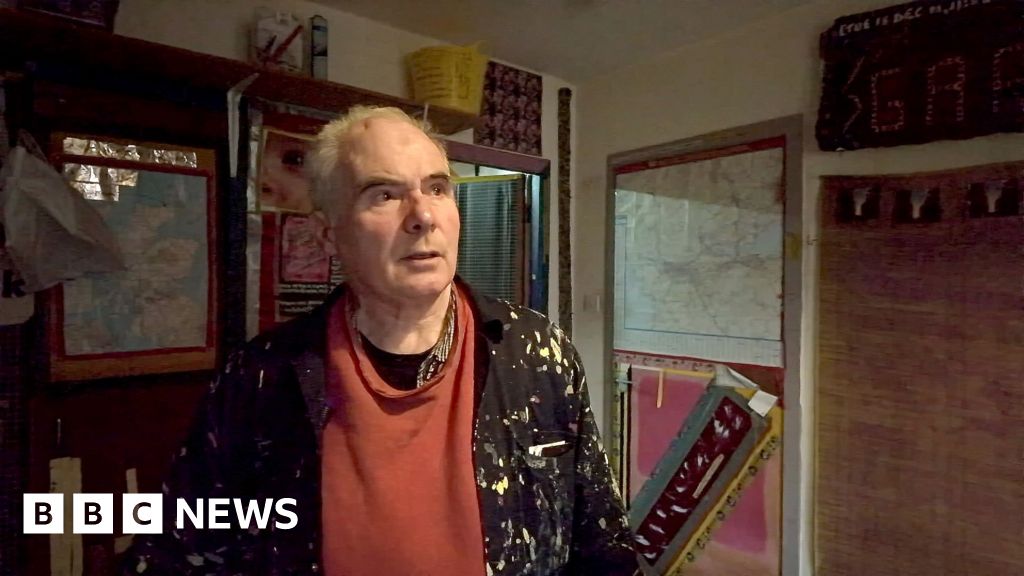“I have a huge amount of stuff, so I’m always trying to order it and organize it,” he says. “The more organized you are, the better you will be able to deal with not only the disorder, but also the underlying mental illness and abuse.”
Dan is a hoarder.
He attributes his symptoms to having moved more than 50 times across three continents in 30 years. His sense of security has been uprooted many times, he says.
“When you keep having your sense of security pulled out from under you, you end up holding on to things,” he added. “Trying to establish some sense of security is a futile attempt.”
Despite admitting that his hoardings are “terribly unpleasant”, Dan finds it difficult to let them go.
“This is my life and who I am. Even if it makes me anxious, I can’t let it go.”
Dan estimates that 1 in 40 adults under the age of 55 experience hoarding. According to scholars, this may be a conservative estimate, but for those aged 55 and older, this is about 6% of the population.
Hoarding is a condition that can be caused by loss, trauma, or mental health issues. Hoarding disorder was officially recognized as a mental health condition in 2013, but understanding and awareness remains limited.

